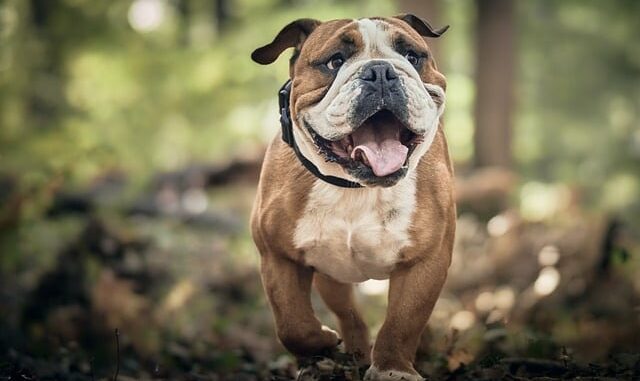
Introduction
As much as we adore our canine companions, there are instances when dogs may display behavior that becomes challenging or uncontrollable for their owners. In such situations, it’s essential for dog owners to understand the potential risks associated with an inability to control their pets and to take proactive measures to prevent their dogs from becoming dangerous. This article explores what happens when a dog owner cannot control their dog and provides practical advice on how to handle such situations to ensure the safety of both the dog and the community.
Understanding the Risks of Uncontrollable Dogs
When a dog owner finds themselves unable to control their pet, whether due to lack of training, behavioral issues, or other factors, it poses significant risks to both the dog and those around them. Some potential consequences of an uncontrollable dog include:
- Risk of Injury: Uncontrollable dogs may pose a risk of injury to humans, other animals, or themselves. Aggressive behavior, excessive barking, or unpredictable reactions to stimuli can lead to physical harm, ranging from minor scratches to serious bites or attacks.
- Legal Consequences: Dog owners have a legal responsibility to control their pets and prevent them from causing harm or damage to others. Failure to do so can result in legal consequences, including fines, civil lawsuits, and even criminal charges in cases of severe injury or fatalities.
- Impact on Community Relations: Incidents involving uncontrollable dogs can strain community relations and create tensions between neighbors or other members of the community. Fear or resentment towards the dog and its owner may develop, leading to conflict or distrust within the neighborhood.
- Potential for Euthanasia: In extreme cases where a dog poses a significant threat to public safety and cannot be effectively controlled or rehabilitated, authorities may be forced to consider euthanasia as a last resort. This outcome is tragic for both the dog and its owner but may be deemed necessary to protect the welfare of the community.
Taking Proactive Steps to Prevent Dogs from Becoming Dangerous
Preventing a dog from becoming dangerous requires a proactive approach that addresses underlying issues and promotes responsible ownership. Here are some practical steps that dog owners can take to ensure they can effectively control their pets:
- Invest in Training and Socialization: Proper training and socialization are crucial for preventing behavioral issues and ensuring that dogs can respond appropriately to various situations. Enroll your dog in obedience classes and engage in regular socialization activities to expose them to different environments, people, and animals in a controlled setting.
- Use Positive Reinforcement: Positive reinforcement techniques, such as rewards-based training, are highly effective in shaping desired behaviors and strengthening the bond between dogs and their owners. Rewarding good behavior encourages dogs to repeat those behaviors and reinforces the owner’s role as a leader and provider of rewards.
- Provide Adequate Exercise and Stimulation: Dogs need physical exercise and mental stimulation to stay happy and healthy. Ensure that your dog receives sufficient daily exercise through walks, playtime, and interactive toys to prevent boredom and reduce the likelihood of destructive or aggressive behavior.
- Implement Management Strategies: If your dog exhibits behaviors that are difficult to control, implement management strategies to minimize potential risks. This may include using a leash, muzzle, or head collar during walks, creating a secure confinement area at home, or seeking professional guidance from a certified behaviorist or trainer.
- Seek Professional Help: If you’re struggling to control your dog’s behavior despite your best efforts, don’t hesitate to seek professional help. A qualified behaviorist or trainer can assess your dog’s behavior, identify underlying issues, and develop a customized training plan to address them effectively.
Conclusion
Preventing a dog from becoming dangerous requires a combination of training, socialization, and responsible ownership practices. By taking proactive steps to address behavioral issues, provide appropriate management, and seek professional guidance when needed, dog owners can ensure the safety of their pets and the community. Remember, owning a dog is a privilege that comes with the responsibility to prioritize the well-being of both your pet and those around you. By being proactive and responsible, we can create a safer and more harmonious environment for humans and dogs alike.
